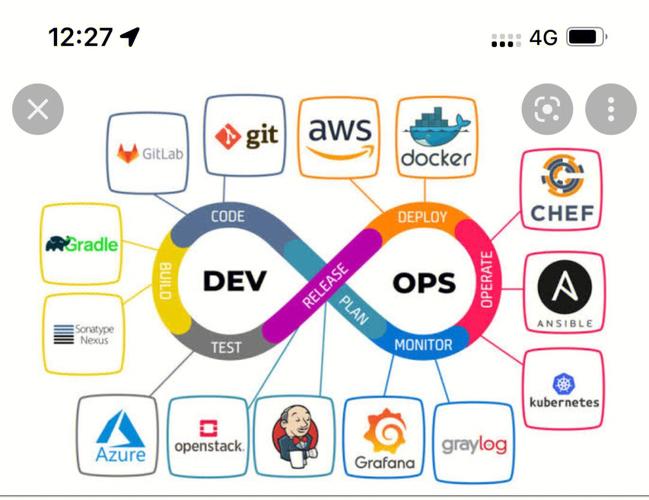
Understanding the DevOps Culture
DevOps, a term that has gained significant traction in the tech industry, is a blend of development (Dev) and operations (Ops). It emphasizes collaboration, communication, and integration between software developers and IT operations professionals. By breaking down silos and fostering a culture of shared responsibility, DevOps aims to shorten the development lifecycle and provide high-quality software with high deployment frequency.
Key Principles of DevOps
DevOps is built on several core principles that guide its practices. These principles include:

| Principle | Description |
|---|---|
| Collaboration | DevOps encourages close collaboration between developers, operations teams, and other stakeholders to ensure a seamless workflow. |
| Automation | Automation is a key component of DevOps, enabling teams to streamline repetitive tasks and reduce manual errors. |
| Continuous Integration and Continuous Deployment (CI/CD) | CI/CD practices ensure that code changes are automatically tested and deployed, allowing for faster and more reliable releases. |
| Monitoring and Logging | Effective monitoring and logging help teams identify and resolve issues quickly, ensuring the stability and performance of the application. |
| Infrastructure as Code (IaC) | IaC allows teams to manage and provision infrastructure through code, ensuring consistency and repeatability. |
Implementing DevOps in Your Organization
Implementing DevOps in your organization requires a strategic approach. Here are some steps to help you get started:
-
Assess your current state: Understand your existing processes, tools, and culture to identify areas for improvement.
-
Define your goals: Determine what you want to achieve with DevOps, whether it’s faster releases, improved quality, or better collaboration.
-
Choose the right tools: Select tools that support your DevOps goals, such as CI/CD pipelines, monitoring solutions, and infrastructure as code tools.

-
Train your team: Ensure that your team has the necessary skills and knowledge to work effectively in a DevOps environment.
-
Start small: Implement DevOps practices in a controlled environment before scaling up to the entire organization.
-
Measure and iterate: Continuously monitor your progress and make adjustments as needed to improve your DevOps practices.
Benefits of DevOps
DevOps offers several benefits to organizations, including:
-
Increased speed and efficiency: DevOps enables teams to deliver software faster and more reliably, reducing time to market.
-
Improved quality: By automating testing and deployment, DevOps helps ensure that high-quality software is released.
-
Enhanced collaboration: DevOps fosters better communication and collaboration between developers and operations teams.
-
Reduced costs: DevOps can help organizations reduce costs by eliminating manual processes and improving resource utilization.
Challenges of Implementing DevOps
While DevOps offers many benefits, it also presents some challenges:
-
Culture change: Adopting DevOps requires a cultural shift within the organization, which can be difficult to achieve.
-
Tool selection: Choosing the right tools for your DevOps environment can be challenging, as there are many options available.
-
Training: Ensuring that your team has the necessary skills and knowledge to work effectively in a DevOps environment can be time-consuming.
Conclusion
DevOps is a powerful approach to software development and delivery that can help organizations achieve their goals faster and more reliably. By fostering collaboration, automation, and continuous improvement, DevOps can transform your organization and drive success.


